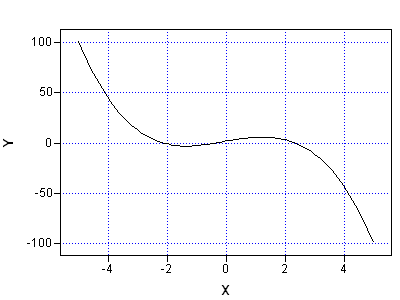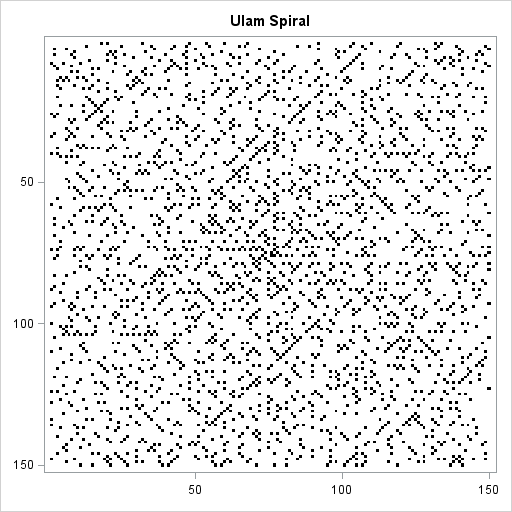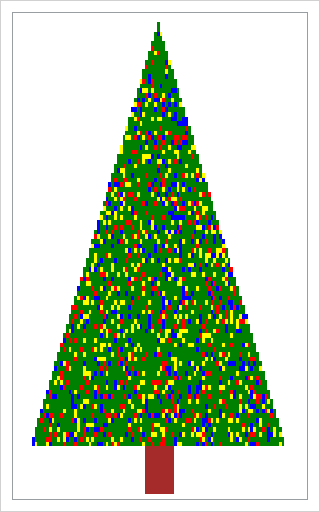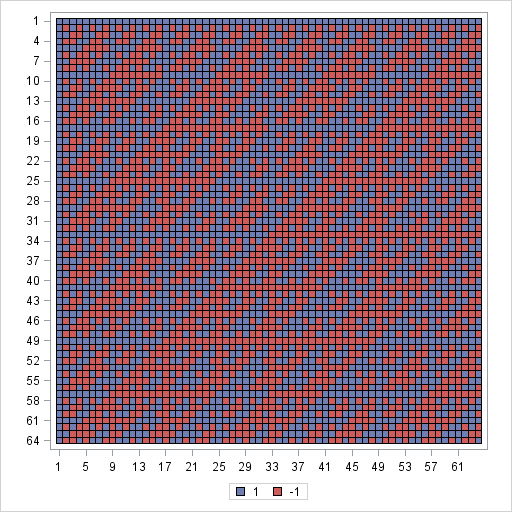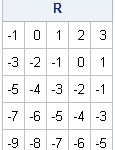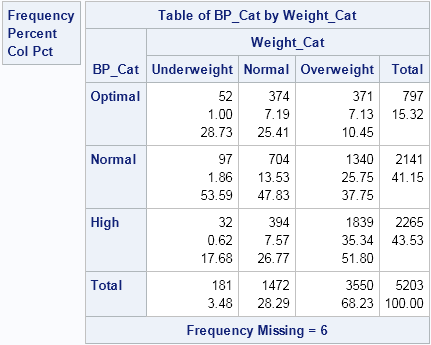
One of my favorite new features of SAS/IML 12.1 enables you to define functions that contain default values for parameters. This is extremely useful when you want to write a function that has optional arguments. Example: Centering a data vector It is simple to specify a SAS/IML module with a


